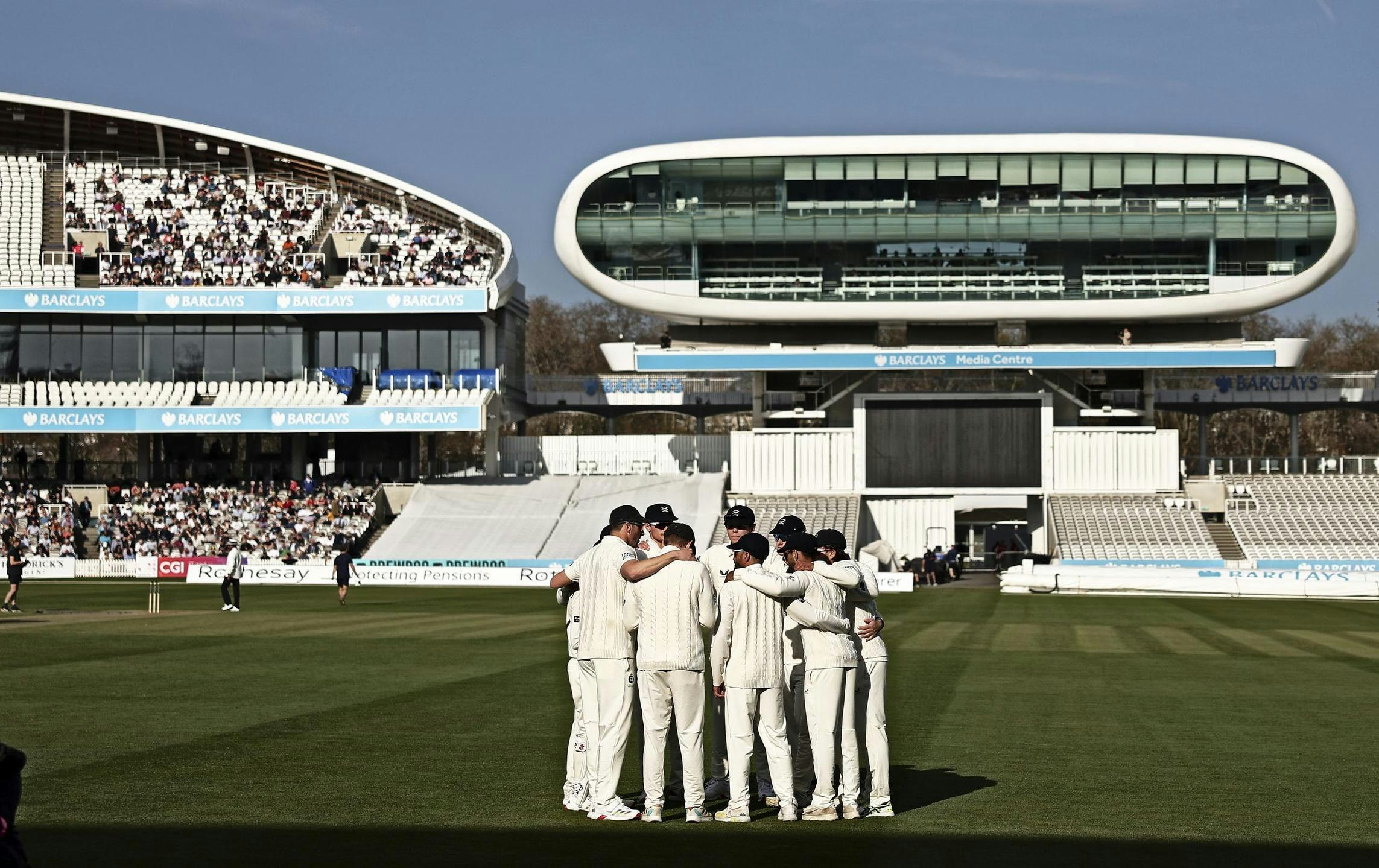This article is taken from the May 2025 issue of The Critic. To get the full magazine why not subscribe? Right now we’re offering five issues for just £10.
Never mind the first cuckoo of spring. A far sweeter sound was heard in St John’s Wood at 11.03am on 4 April: the first pop of a champagne cork at Lord’s. As next year’s Wisden should note, this was the earliest eruption of Veuve Clicquot by a right-handed opening drinker in County Championship history.
This is the 125th season of the Championship — only two world wars and one pandemic having stopped play since it began in 1890 — and the earliest start, five days after the clocks had gone forward and six weeks before the FA Cup final. They were taking a risk with the weather, and it was nippy in the shade, but at least there were no April showers.
They used to wait until the year had properly warmed up. In 1895, W.G. Grace passed 1,000 runs before the end of May, the first and last 150 of them scored at Lord’s, but his season began on 9 May. That landmark has been reached only eight more times and not since 1988. Batsmen will have a maximum of 14 innings to get there this season (Grace took ten, Don Bradman just seven in 1938) but it remains a long shot. Sam Northeast, of Glamorgan, hit 335 at Lord’s on 6 April last season then added only 353 more in 13 innings by May’s end.
There were no such highlights on the opening day this year. Middlesex and Lancashire, two of eight founding members of the Championship, are now in the second division and playing like it. When I texted a Lancashire supporter to observe that his team has rarely fielded a more plodding attack, he remarked that they were badly missing their 42-year-old star bowler. Alas, Jimmy Anderson, who first took wickets at Lord’s in 2003, had tweaked a calf.
But the first day of the season at Lord’s isn’t really about cricket. It is a spring celebration of rejuvenation. Like the druids at Stonehenge, it features men in strange costumes, increasingly women too, who mutter ancient imprecations such as “Wintered well, old bean?” Instead of a cornucopia and Excalibur, they clutch a Thermos, a bag of never-ending sandwiches and a Playfair guide.
The perambulation and chance happening is part of the joy. I spent the first hour with one group of friends on the benches in front of the pavilion, then the second with others up top in the Allen Stand. After a burst of athletic activity on the real tennis court at lunch, in which I beat Turkey’s best player (a boast up there with taking on Kazakhstan’s top croquet star), I recovered with a pint in the Warner Stand alongside the vicar of Sunbury-on-Thames and the Dean of Jerusalem before supping cider with an old school pal in the Bowlers’ Bar.
They have been watching cricket here for 238 years. Thomas Lord, Yorkshire-born and Norfolk-raised, created his first ground on Dorset Fields, Marylebone, erecting a fence around the pitch and charging sixpence admission. A canny wine merchant, he made sure the only entrance and exit went through his shop.

Opening the batting for Marylebone Cricket Club back then was the 9th Earl of Winchelsea, first president of the Royal Institution, and Lord Strathavon, aide-de-camp to Queen Victoria. To show it was also a club for hoi polloi, at No 3 batted Sir Peter Burrell, a mere Member of Parliament.
Another MP saved Lord’s. In 1825, having moved briefly to a site that was taken over by the Regent’s Canal and then to its present home, Thomas Lord was seeking a retirement plan and sought permission to build houses on the ground. Instead, it was bought for £5,400 by William Ward, about to be elected MP for the City of London and a useful bat who made 278 for MCC against Norfolk in 1820. Perhaps it was a desire to preserve the scene of his triumph, but he is owed the gratitude of generations.
Lord’s has not always had the finest wicket nor been the most welcoming to non-members, though it is the only Test venue civilised enough to allow spectators to bring their own wine (Thomas Lord would not be impressed). It can be a crush to move around, and it lags far behind the Oval, Old Trafford and Edgbaston as a successful place for the England Test side. Yet there is something magical about the venue.
In 1907, the poet Francis Thompson, dying of tuberculosis and the effects of opium addiction, was given a ticket to watch Middlesex play Lancashire one last time. Instead, he stayed at home writing a poem, “At Lord’s”, which ends in high emotion as he contemplates his fate and recalls two childhood heroes.
“For the field is full of shades as I near a shadowy coast,” he wrote. “And a ghostly batsman plays to the bowling of a ghost,/ And I look through my tears on a soundless-clapping host/ As the run stealers flicker to and fro,/ To and fro:/ O my Hornby and my Barlow long ago!”
Such is the nostalgia the thought of Lord’s provokes today. The names will change, but the emotions are the same.







